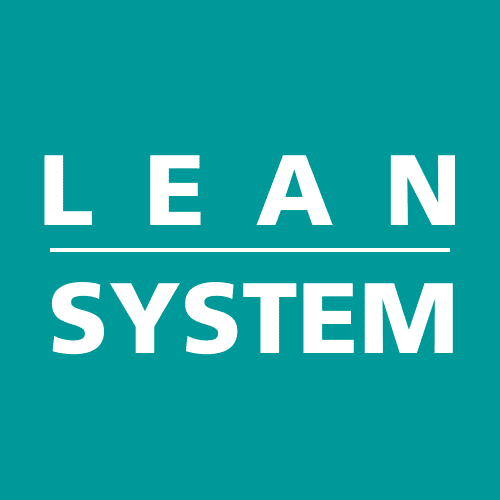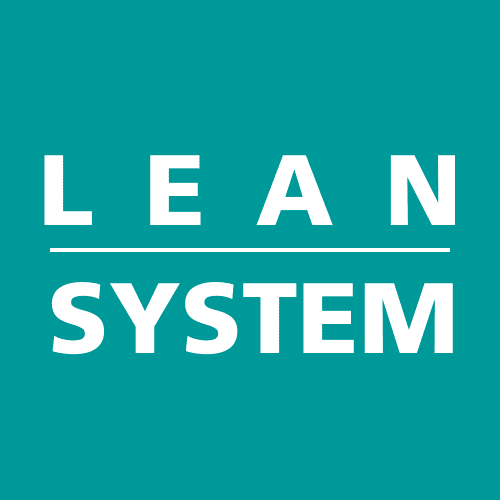Part per million (PPM) methodology is a proven approach designed for the
manufacturing industry to streamline processes, increase productivity, efficiency, and overall business performance.
PPM methodology involves identifying and measuring defects in products or processes, then implementing corrective actions to reduce their occurrence and ensure continuous improvement. The
manufacturing industry is consistently evolving, becoming more competitive, and demanding higher quality products.
PPM methodology offers manufacturers a competitive edge by identifying and eliminating defects, reducing waste, improving customer satisfaction, and enhancing product quality. It ensures that products meet industry standards, comply with regulations, and exceed customer expectations. Effective implementation of
PPM methodology requires an understanding of measurements and analysis of parts per million. By setting ppm targets and conducting statistical analyses, organizations can identify areas that require improvement and implement corrective actions to achieve their goals. In the following sections, we will explore what PPM methodology is and how it is applied in the
manufacturing industry. We will also look at the benefits of implementing PPM methodology, provide a step-by-step guide on how to implement it, and showcase real-world examples of organizations that have successfully implemented it.
Understanding Ppm Methodology
To fully appreciate ppm methodology in the manufacturing industry, it is important to first understand the concept of parts per million (ppm). Ppm is a unit of measurement used to quantify the amount of a particular substance or defect in a given sample size. In the manufacturing industry, ppm is used to measure the number of defective parts or products in a million units produced. For example, if a manufacturer produces one million parts and 100 of them are defective, the ppm would be 100. Measuring ppm is an effective way to assess quality control and ensure consistent product performance. By determining the root cause of defects and implementing corrective actions, organizations can continuously improve their production processes and minimize waste. Furthermore, ppm methodology enables organizations to set and achieve quality goals efficiently. By setting ppm targets for production processes, organizations can track progress and identify areas for improvement. Ppm methodology can also provide valuable insights into the effectiveness of production equipment and the overall efficiency of the manufacturing process.
“Ppm methodology is a powerful tool for improving quality control and streamlining processes in the manufacturing industry.”
Overall, understanding ppm methodology is crucial for achieving excellence in the manufacturing industry. By implementing ppm measurement and analysis, organizations can identify and eliminate defects, reduce waste, and optimize production processes for maximum efficiency and profitability.
Benefits of Ppm Methodology
In the manufacturing industry, ppm methodology provides numerous benefits for organizations. By implementing ppm methodology, companies can identify and eliminate defects in their processes, reducing the number of parts per million that do not meet quality standards. This, in turn, leads to a decrease in waste, lower production costs, and increased efficiency in the manufacturing process. When using ppm methodology, organizations can also improve customer satisfaction by ensuring that all products meet or exceed the required quality standards. This can have a positive impact on the company's reputation and increase customer loyalty and retention rates. Moreover, ppm methodology can help businesses achieve operational excellence by streamlining project processes and identifying areas for improvement. By setting ppm targets and conducting statistical analysis, organizations can pinpoint underlying issues and implement corrective actions, leading to long-term improvements in productivity and efficiency.
"With ppm methodology, companies can improve the quality of their products and optimize their manufacturing process, leading to cost savings and increased customer satisfaction."
Implementing Ppm Methodology
Implementing ppm methodology requires a systematic approach that involves setting ppm targets, conducting statistical analysis, and implementing corrective actions. Here are the steps involved in implementing ppm methodology:
| Step | Description |
|---|
| 1 | Identify the process that requires ppm measurement |
| 2 | Gather data on defects and non-conformances |
| 3 | Calculate ppm using the formula: (Number of non-conformances/Total number of opportunities for non-conformances) x 1,000,000 |
| 4 | Compare the ppm value obtained with the ppm target |
| 5 | Analyze the root cause of the defects and non-conformances |
| 6 | Implement corrective actions to address the root cause |
| 7 | Monitor and measure the effectiveness of the corrective actions |
| 8 | Repeat the process to ensure continuous improvement |
It is important to note that implementing ppm methodology requires a commitment to quality and a willingness to continuously improve. It may take time to achieve the desired results, but the benefits are worth the effort. Organizations that effectively implement ppm methodology in the manufacturing industry have reported numerous benefits, including:
- Reduced defects and non-conformances
- Improved quality and customer satisfaction
- Reduced waste and rework
- Increased productivity and efficiency
- Enhanced operational excellence
Implementing ppm methodology can have a significant impact on business performance and help organizations achieve their goals. By systematically identifying and addressing defects and non-conformances, organizations can improve product quality, reduce costs, and increase profitability.

